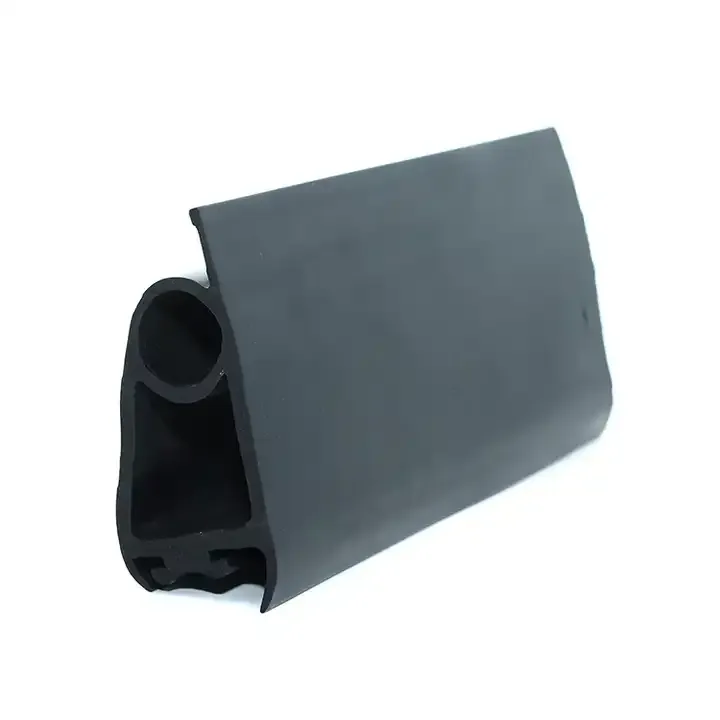The safety of E631, like many food additives, has been a topic of discussion among health professionals and shoppers alike. Regulatory bodies, including the European Food Safety Authority (EFSA) and the Food and Drug Administration (FDA) in the United States, have indicated that E631 is safe for consumption within set guidelines. However, as with many additives, some individuals may experience sensitivities or allergic reactions, primarily if consumed in excessive amounts. Symptoms may include headaches, digestive issues, or a sensation often referred to as Chinese restaurant syndrome, a term historically associated with MSG consumption.
 Home
Home







